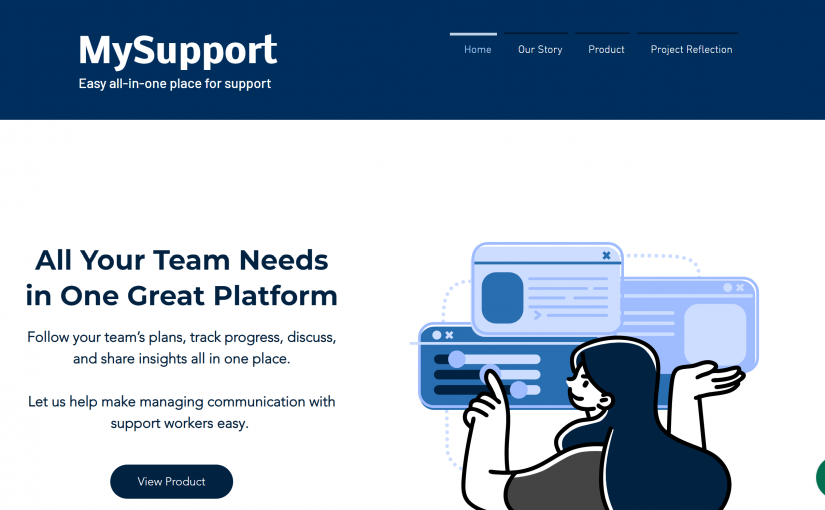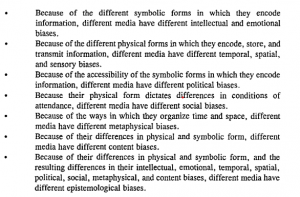Formulate a conception of usability and what is missing from the conception from an educational perspective — what is educational usability?
Human Computer Interaction (HCI) is an interdisciplinary field of study concerned with the iterative design, evaluation, and implementation of interactions between humans and technological interfaces as a system.
The principals of usability are guidelines that help measure the quality of human-computer interactions, taking into consideration of interface functionality, efficiency and effectiveness depending on user’s needs, contexts and level of satisfaction (Issa & Isaias, 2015, p. 30)
From an educational perspective, I believe that context and user’s needs should be prioritized when it comes to evaluating the educational usability of educational technologies and resources within a learning context. Ideally, this would be implemented as a system, such that the interfaces can assist the user’s with their learning process, and can be adapted to fit the user’s ever-changing needs. This means necessarily having interfaces that are accessible to fit the user’s needs physically, cognitively, culturally, and digitally to provide support that is contextualized.
Based on Woolgar’s paper, identify and discuss 2 examples of “usability gone wrong”.
In Woolgar’s paper (1990), he seemed to be concerned about usability testing within the “right context” of both the user and the environment.
Having chosen employees within the company as test subjects (p. 81) , it is unclear whether or not their behaviors will reflect that of what is expected by their target users. Even with the provided manuals, it is uncertain that the instructions are “sufficiently clear” to target users, such that the errors made in the usability tests could be misattributed to other factors (p.82). Lastly, due to the simulated environment, the test subjects even ironicized their attempts of creating an “objective test” , making it challenging to discern whether the test subjects behave in a way “natural” to target users at all (p. 86).
Lacking concrete definition of the machine and user personas, and simulation of “objective tests of natural user behavior” overall undermines the robustness and reliability of the usability test.
Discuss the differences seen in the two excerpts of “usability”
…the usability evaluation stage is an effective method by which a software development team can establish the positive and negative aspects of its prototype releases, and make the required changes before the system is delivered to the target users" (Issa & Isaias, 2015, p. 29).
“…the design and production of a new entity… amounts to a process of configuring its user, where 'configuring' includes defining the identity of putative users, and setting constraints upon their likely future actions” (Woolgar, 1990).
Based on the two excerpts, it seems like both of them are converging on the idea of iterative and interactive systems to adjust and create better experiences for users when they utilize the interface.
The main difference seems to be that Issa and Isaias’s approach is more from “after-the-fact” feedback, such that improvement is based on the reactions and responses of users. On the other hand, Woolgar seems to make “before-the-fact” assumptions of the users to see whether the hypotheses are confirmed or not — hence “configuring” its users.
While both approaches create recursive feedback loops to push development of the interface and are initially “human-driven” in design, it makes me wonder — how much of our interactions with technology are directed by human agency, and how much of our interactions are shaped more by the affordances of our technology?
References
Issa, T., & Isaias, P. (2015). Usability and human computer interaction (HCI) In Sustainable Design (pp. 19-35). Springer.
Woolgar, S. (1990). Configuring the user: The case of usability trials. The Sociological Review, 38(1, Suppl.), S58-S99.


